The Bioplastic Packaging Bag Market is currently characterized by a dynamic competitive landscape, driven by increasing consumer demand for sustainable packaging solutions and regulatory pressures aimed at reducing plastic waste. Key players such as BASF SE (Germany), Novamont S.p.A. (Italy), and NatureWorks LLC (United States) are strategically positioning themselves through innovation and partnerships. BASF SE (Germany) focuses on developing advanced biopolymer solutions, while Novamont S.p.A. (Italy) emphasizes its commitment to circular economy principles. NatureWorks LLC (United States) leverages its expertise in Ingeo biopolymer technology to enhance product offerings, collectively shaping a competitive environment that prioritizes sustainability and technological advancement.
In terms of business tactics, companies are increasingly localizing manufacturing to reduce carbon footprints and optimize supply chains. The market structure appears moderately fragmented, with several players vying for market share. However, the collective influence of major companies is significant, as they drive innovation and set industry standards. This competitive structure fosters an environment where collaboration and strategic partnerships are essential for growth and market penetration.
In August 2025, BASF SE (Germany) announced a partnership with a leading European retailer to develop a new line of biodegradable packaging solutions tailored for the food industry. This collaboration not only enhances BASF's product portfolio but also aligns with the retailer's sustainability goals, indicating a strategic move towards meeting consumer expectations for eco-friendly packaging.
In September 2025, Novamont S.p.A. (Italy) launched a new initiative aimed at increasing the availability of its Mater-Bi bioplastics in North America. This expansion reflects Novamont's strategy to penetrate new markets and respond to growing demand for sustainable packaging solutions, potentially positioning the company as a leader in the North American bioplastics sector.
In July 2025, NatureWorks LLC (United States) unveiled a new production facility in Thailand, aimed at increasing its capacity for Ingeo biopolymer production. This strategic investment not only enhances NatureWorks' operational capabilities but also signifies its commitment to meeting the rising global demand for bioplastics, thereby strengthening its competitive position in the market.
As of October 2025, current trends in the Bioplastic Packaging Bag Market indicate a strong emphasis on digitalization, sustainability, and the integration of artificial intelligence in production processes. Strategic alliances are increasingly shaping the competitive landscape, as companies collaborate to enhance their technological capabilities and market reach. Looking ahead, competitive differentiation is likely to evolve from traditional price-based competition to a focus on innovation, technological advancements, and supply chain reliability, underscoring the importance of sustainable practices in the bioplastics sector.


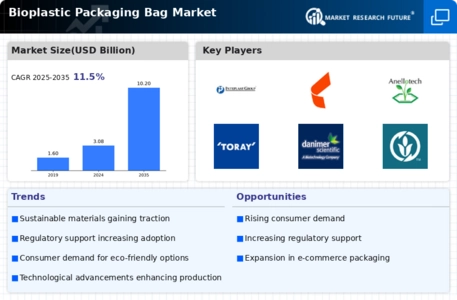

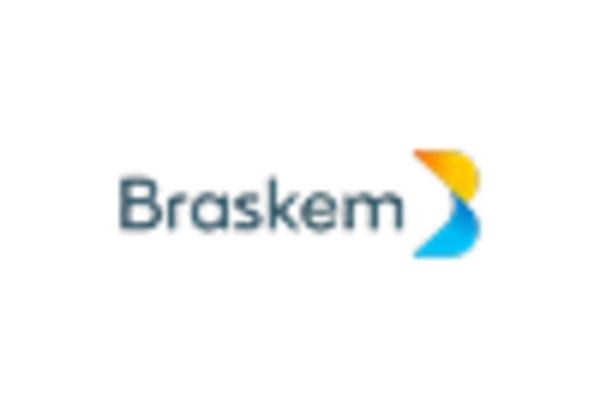

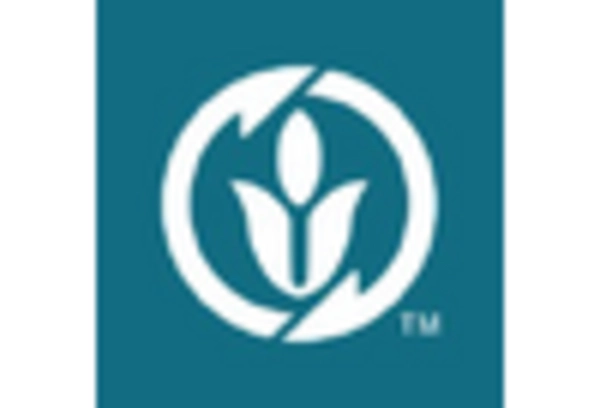
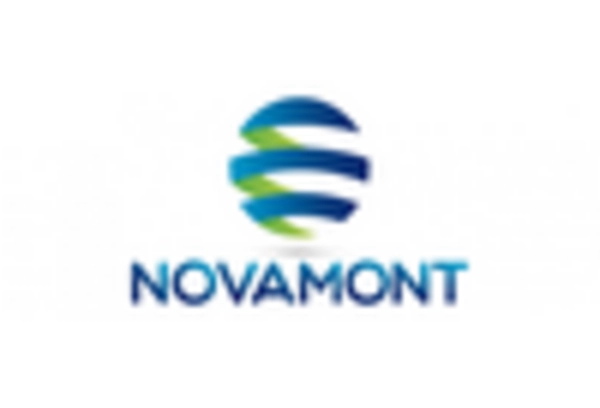
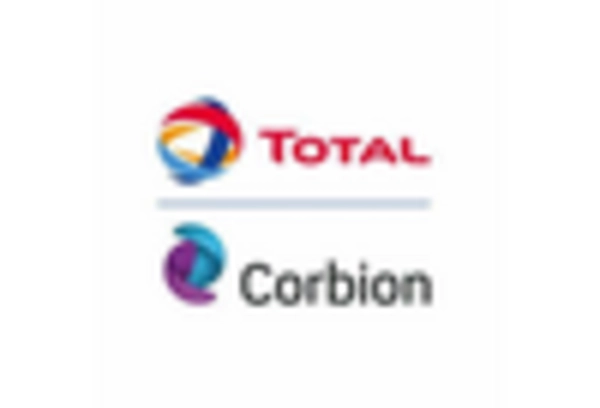








Leave a Comment